
With the crisp air of fall comes the irresistible appeal of the Pumpkin Spice Latte (PSL). If you’re craving this seasonal favorite but prefer to skip the long lines at Starbucks, why not try making it at home? It’s easier, more affordable, and you can control the ingredients for a healthier version. Here’s a foolproof recipe that brings the warmth of fall to your kitchen in no time.
What Makes the Perfect Pumpkin Spice Latte?
A Pumpkin Spice Latte is a combination of coffee, creamy milk, and a spiced pumpkin syrup, creating a comforting drink that’s perfect for chilly mornings. While Starbucks popularized this fall beverage, making it at home allows you to use real, natural ingredients, avoiding the artificial syrups and excess sugar found in the store-bought version.
The basic elements of a Pumpkin Spice Latte include:
- Espresso: The strong base of the drink. You can easily make espresso at home using a moka pot or an espresso machine.
- Milk: Frothy, creamy milk is key to achieving that luxurious texture. If you don’t have a milk frother, an immersion blender will work just fine.
- Pumpkin Spice Syrup: This homemade syrup, made from pumpkin, spices, and sugar, is what gives the latte its signature flavor.
The beauty of making this drink at home is that you can adjust the sweetness and spice levels to suit your taste.
Ingredients for 4 Servings
- 2 cinnamon sticks
- 600 grams of white sugar
- 500 ml cold water
- 1/4 teaspoon cinnamon powder
- 1/4 teaspoon ginger powder
- 1/4 teaspoon nutmeg
- 4 tablespoons pumpkin puree
- 600 ml whole milk
- 300 ml strong brewed coffee or espresso
- Whipped cream (optional)
Instructions
- Make the Pumpkin Syrup: In a saucepan, combine the sugar and water, heating over medium-low heat until the sugar dissolves. Add the cinnamon sticks, ground spices, and pumpkin puree. Stir continuously for about 5 minutes to allow the flavors to meld together. Remove from heat and store the syrup in a sealed jar. You can refrigerate it for up to a month or use it immediately.
- Prepare the Latte: Heat the milk on the stove, bringing it just below boiling. In a large mug, pour 2 tablespoons of the homemade pumpkin syrup. Brew your coffee or espresso and pour it into the mug with the syrup.
- Froth the Milk: Using a milk frother or immersion blender, froth the milk until it’s thick and creamy. Pour the frothed milk into the mug with the coffee and syrup mixture. Stir well.
- Finish and Serve: Top with whipped cream if desired, and enjoy your homemade PSL!
Tips for the Perfect Pumpkin Spice Latte
- Adjust the sweetness: The amount of sugar in the syrup can be adjusted to your taste. If you prefer a lighter version, reduce the sugar or use a sugar substitute.
- Milk options: While whole milk provides the best texture, you can use almond, oat, or coconut milk for a dairy-free version.
- Skip the foam: If you don’t have a frother or blender, you can enjoy your latte without foam, though whipped cream can be a great alternative.
- Storage: The homemade syrup lasts for about a month in the fridge, so you can easily make it in bulk and have it on hand for future lattes.
Why Is the Pumpkin Spice Latte So Popular?
The Pumpkin Spice Latte has become a beloved fall tradition, and it’s easy to see why. For many, the flavor of pumpkin, cinnamon, and nutmeg evokes nostalgia and warmth, making it the perfect companion to chilly fall mornings. The seasonal nature of the drink adds to its appeal—its limited availability makes it something special, a treat to be enjoyed before it’s gone for another year.
For many Americans, pumpkin spice flavors are linked to the cozy feelings of Thanksgiving and the fall harvest. This deep-rooted association with family gatherings and tradition helps elevate the PSL into more than just a drink—it’s an experience.
Starbucks Pumpkin Spice Latte vs. Homemade Version
Starbucks’ version of the PSL contains a lot of sugar—38 grams in a 12-ounce cup! While it’s undeniably delicious, the homemade version lets you control how much sweetness is added. Plus, by making your own pumpkin syrup, you avoid the artificial additives and preservatives that often accompany mass-produced syrups.
Starbucks’ version is made with a blend of spices, pumpkin puree, and sugar, combined with espresso and steamed milk, topped with whipped cream. But with just a few simple ingredients, you can replicate the flavor at home without the extra calories and costs.
Can You Make the Pumpkin Spice Latte Lighter?
Absolutely! You can reduce the sugar content in the homemade syrup, use skim milk or a dairy-free alternative, and even skip the whipped cream to make a lighter version of the PSL. If you want to reduce the calories even further, use a sugar substitute instead of regular sugar.
Frequently Asked Questions
- Can you buy Starbucks Pumpkin Spice Syrup?
Unfortunately, Starbucks doesn’t sell its syrup, but you can find similar products like Pumpkin Spice Flavored Creamers or mixes that allow you to recreate the PSL at home. - What’s in a Starbucks Pumpkin Spice Latte?
The drink is made with espresso, steamed milk, pumpkin puree, cinnamon, nutmeg, and cloves. It’s sweetened with sugar and topped with whipped cream. - How can I make my PSL lighter?
Simply use less sugar in the homemade syrup, opt for skim milk or a non-dairy alternative, and skip the whipped cream. - When will the Pumpkin Spice Latte be available at Starbucks?
Typically, Starbucks releases their PSL in late August or early September. For 2025, you can expect it to arrive around August 30th. - Does the Pumpkin Spice Latte taste good?
The PSL offers a sweet and mildly spiced flavor with notes of cinnamon, ginger, and pumpkin. If you love fall spices, you’ll likely enjoy it!
Conclusion
Making a Pumpkin Spice Latte at home is a fun and satisfying way to indulge in this seasonal favorite. It’s simple, cost-effective, and customizable to suit your preferences. Skip the coffee shop lines and enjoy the comforting warmth of a homemade PSL any time the mood strikes!









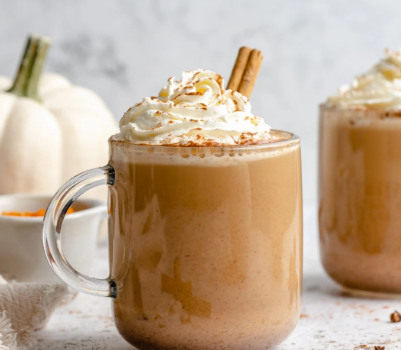
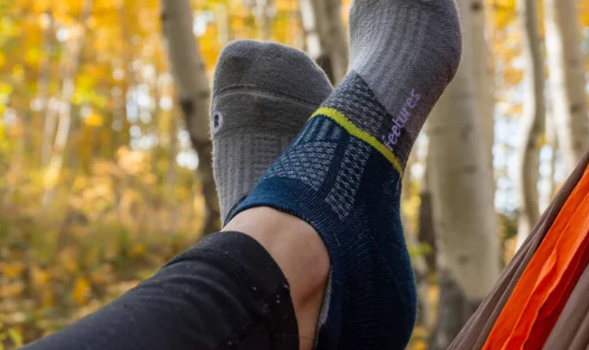
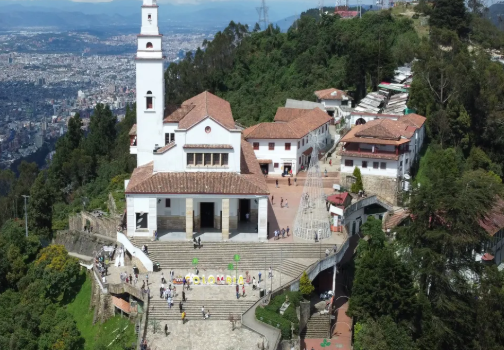
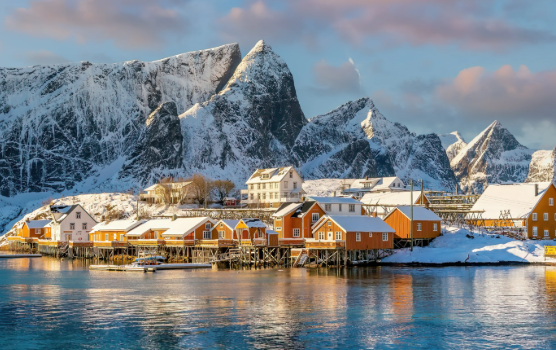
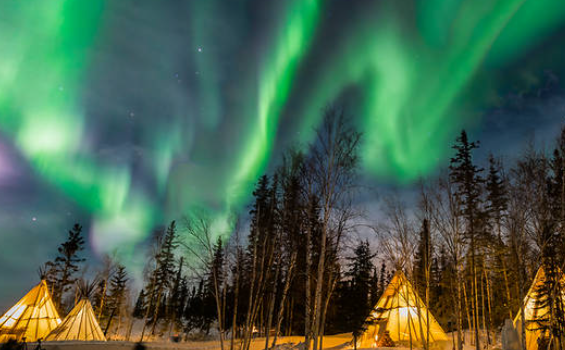
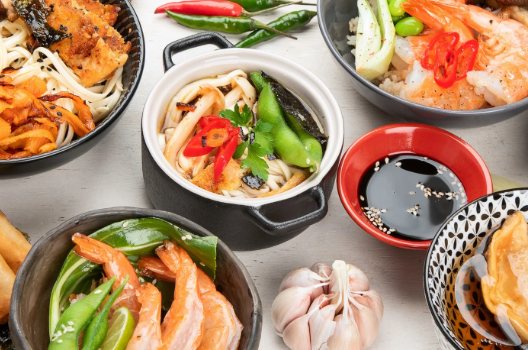
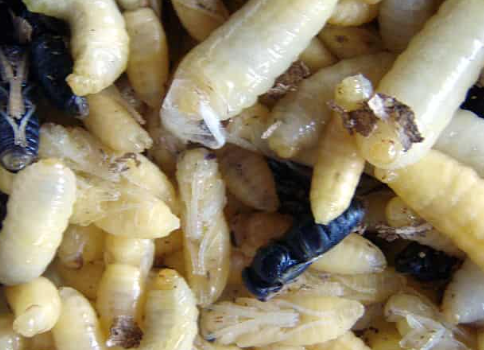

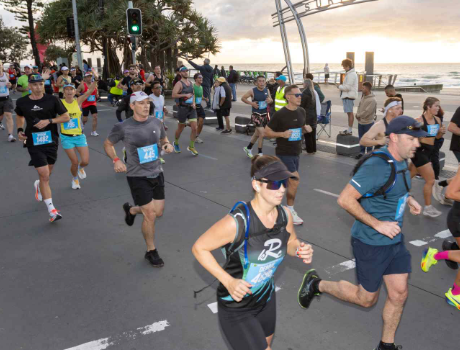
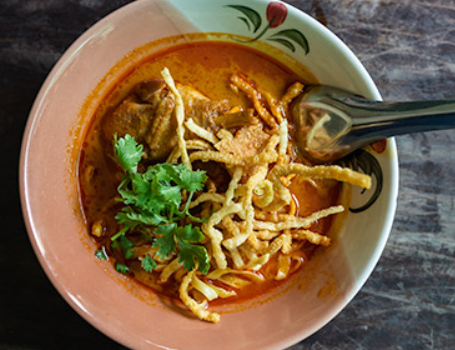

Comments